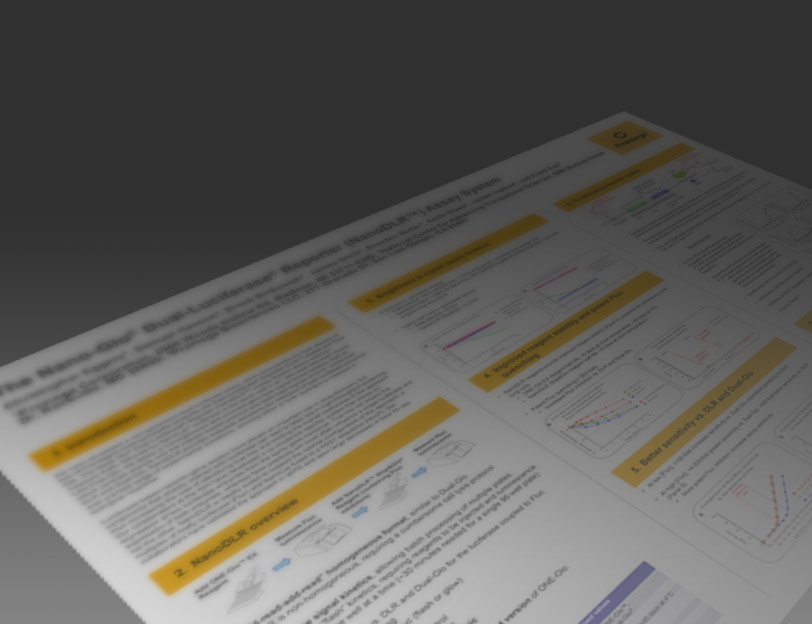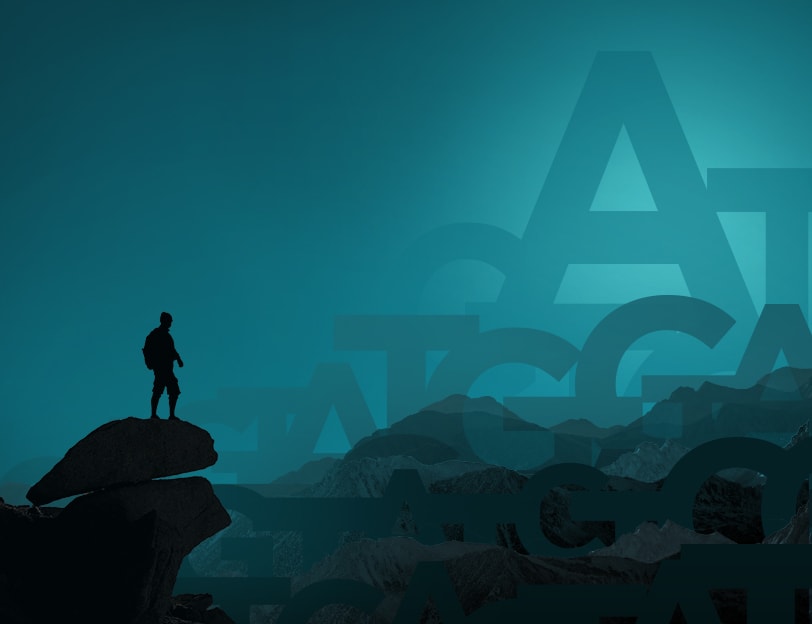Quantification for NGS
Next generation sequencing requires accurate, consistent and sensitive nucleic acid quantification to ensure optimal results. Promega has solutions for every step of the process:
- QuantiFluor® dyes for dsDNA, ssDNA and RNA can be measured using a Quantus™ or Qubit™ single-tube fluorometer, or in a high-throughput microplate format on the GloMax® Discover, GloMax® Explorer or any fluorometer with compatible excitation/emission filters. QuantiFluor® is a sensible all-around method for both pre-library prep and post-library prep quantification that balances requirements of sensitivity and accuracy with ease-of-use and low upfront cost.
- The ProNex® DNA QC Assay enables both a gold standard qPCR-based DNA quantification and quality control measurement of pre-library prep samples in a single well. This assay is designed for human samples and is best suited for determining quantity and quality of FFPE or ccfDNA after initial DNA extraction. The ProNex® DNA QC Assay will help you make go/no-go decisions on precious samples prior to costly and time-intensive downstream sequencing applications.
- The ProNex® Library Quant Kit will help you accurately quantify your prepared libraries prior to Illumina sequencing. This qPCR method is designed to target the Illumina P5 and P7 adapter sequences, providing the best estimation of library concentration to inform dilutions for normalization and sample pooling prior to sequencing.
Filter By
Shop all Quantification for NGS
Showing 9 of 9 Products
An Introduction to Nucleic Acid Quantification for NGS
DNA quantification can have a significant impact on sequencing performance. There are two key steps in any NGS workflow that require quantification: 1.) pre-library prep and 2.) post-library prep.
Pre-Library Prep Quantification:
Regardless of whether you are creating a ligation- or PCR amplicon-based library, adding too little or too much DNA to an NGS library can have deleterious effects. Using a consistent, sensitive, and specific method for determining concentration will drive the proper target input for a given library.
Add too little DNA and you risk obtaining very poor library yield and increasing PCR bias. NGS library prep kits are designed to have an optimal ratio of primers, adapters and DNA. A ratio that is too high can result in primer dimers or adapters ligating to themselves. While these artifacts can be mostly eliminated during size selection, any left remaining will occupy valuable sequencing real estate and lead to waste reads.
Add too much DNA to adapter-ligation and you may obtain concatemers (fragments joining), resulting in false sequences or wasted library that will be removed during final size selection. In PCR-amplicon libraries, excess DNA can result in PCR artifacts or amplification failure. Library preparation is a significant time and cost investment, and any time spent preparing new libraries due to improper quantification is time and money that could be spent on more valuable activities.
Post-Library Quantification:
Once NGS libraries have been prepared it is common to pool numerous samples together for multiplexed sequencing. In order to make NGS cost effective for targeted panels, it’s crucial to measure the concentration of individual libraries and normalize those samples prior to pooling. If performed correctly, the relative read depths for each of the samples will be very similar and sequencing coverage depth and uniformity will be sufficient to adequately align reads and call low frequency mutations. Through consistent sample normalization you can achieve the optimal balance of cost of sequencing and necessary coverage. Your choice of quantitation is critical to obtaining this balance.



